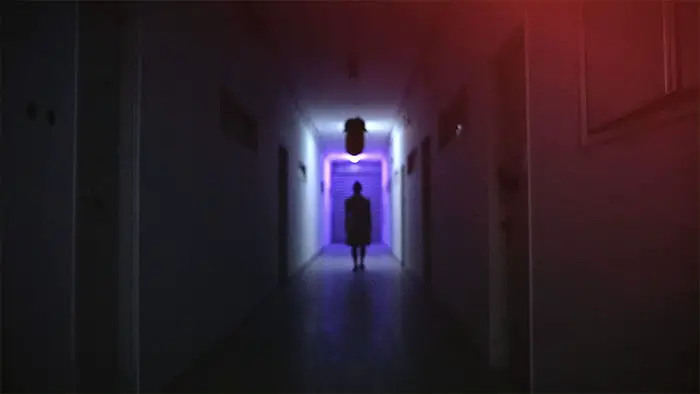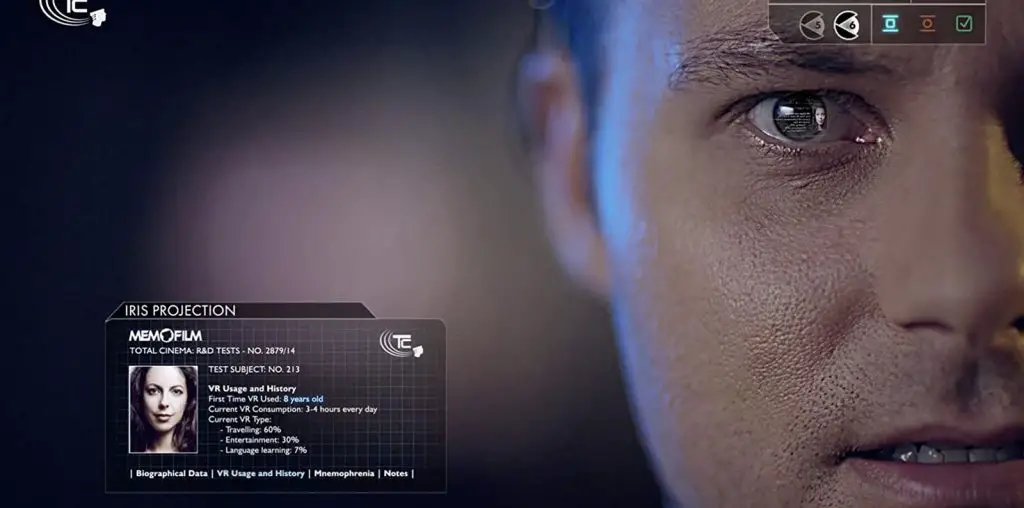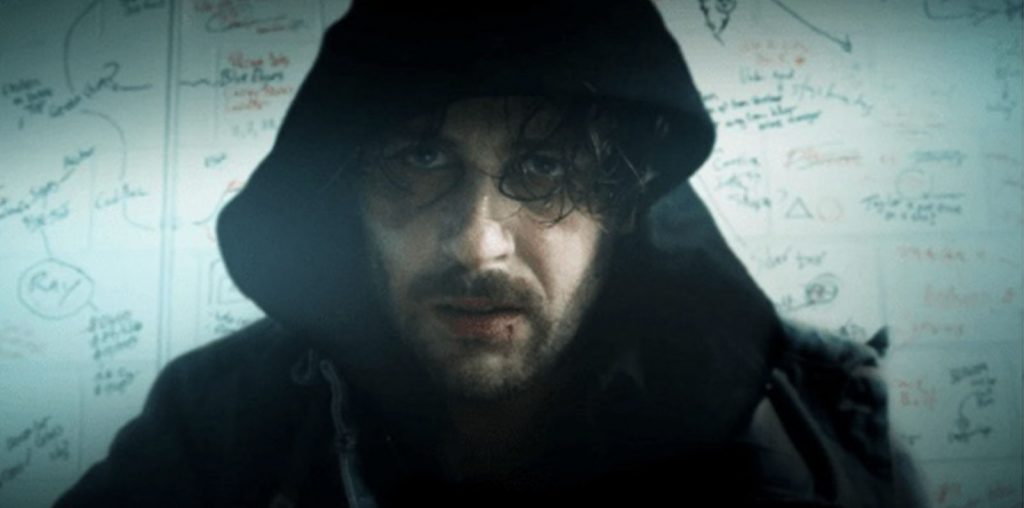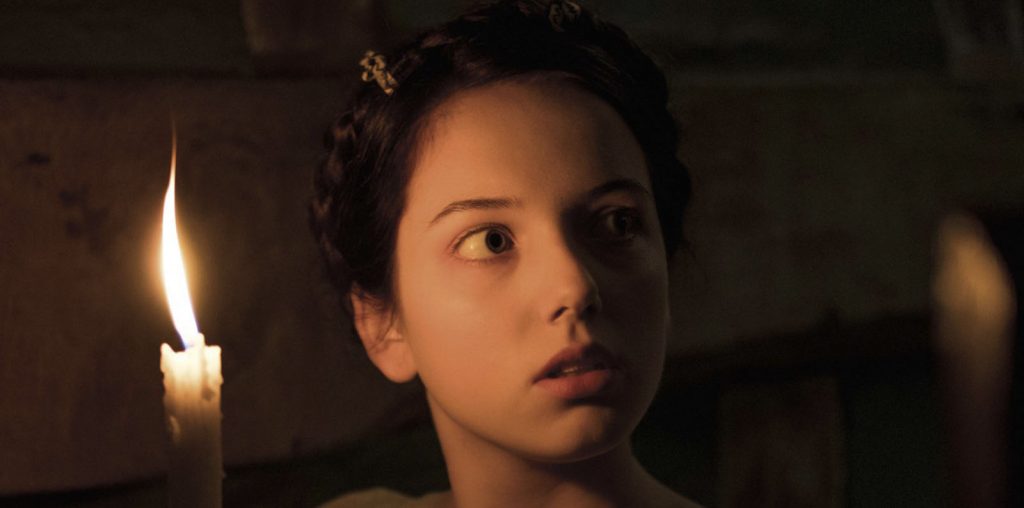
Set against the backdrop of a noir-esque Tokyo, Call for Dreams deals with themes of identity, consciousness, and the choices of what reality to believe. After placing an ad in the paper asking strangers to call with details of their dreams, Eko (Mami Shimazaki) travels throughout a labyrinth of neon surrealism as the viewer is left wondering what is a dream and what is real.
Call for Dreams opens as Eko places the initial ad and begins to explore the dreams of her many callers. Shifting through dreams of the bizarre nightclubs, smoke-filled hotel rooms, white rooms, and gunshots Call for Dreams takes the viewer into a dream-like state of hypnosis from scene to scene. More often than not, the movie asks the audience to decide if what they are seeing is actually happening or if everything is all in the mind of Eko, or within the mind of the dream itself.
As Eko receives more messages from dreamers, the story begins to parallel a possible homicide investigation concerning one of Eko’s dreamers and the tapes she keeps of all their confessions. Shifting scene to scene, Eko performs each dream or reality along with her caller creating more of a web-like stream of consciousness than a traditional story arch. The film’s conclusion leaves the viewer in ambiguity with the closing “is the dreamer dreaming the dream or the dream dreaming the dreamer.”

“…placing an ad in the paper asking strangers to call with details of their dreams…”
Director Ran Slavin’s use of visuals and lighting is on full display throughout the hypnotic, mysterious drama. Using similar pallets to Blade Runner or Akira creates a dark landscape to depict a neon-soaked Alice in Wonderland of dreams and existentialism. Shimazaki expands on these neo-noir tropes with a cold and calculated performance, allowing the film’s images and moods to shift with each dream and each new consciousness.
I found this movie to be a very immersive experience as it takes you further and further into the dream state of Eko. The film raises interesting questions about conscious reality, and parallel timelines without taking away from the visual storytelling. If you go into this film expecting a clear three-act structure, this will probably be very strange, as the moments the barriers between dream and reality collide are intentionally confusing, especially on first viewings.
Despite these moments of confusion, Call for Dreams takes you on a hypnotic journey into a world of neon lights, surrealist storytelling, and questioning reality. If you are a fan of David Lynch and cyberpunk aesthetics, this film was made for you and will leave you excited for repeated viewings.

"…if you are a fan of David Lynch and cyberpunk aesthetics this film was made for you..."


